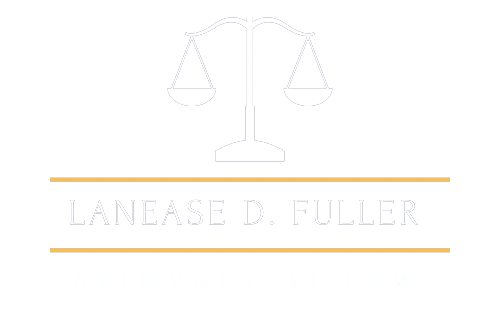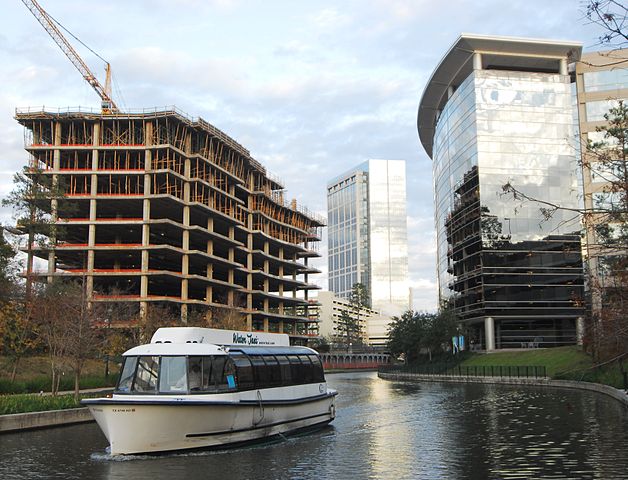If you’ve never had a consultation with a lawyer before, you may be unsure about what to bring to the initial meeting. While family and friends might offer advice, it may not always apply unless they have been through a consultation themselves.
Every consultation is unique because the individuals involved are different. It’s crucial to establish a connection with the legal representative to ensure a good fit for your case. Once this connection is established, you can provide additional items or information to help the lawyer determine the validity and worthiness of your case.
During the consultation, there may be more important questions to address than just what to bring. The lawyer will guide you on the next steps once they have assessed the case’s viability. They will explain if pursuing a claim is worthwhile based on whether potential damages would cover the expenses incurred. Given the overwhelming nature of the incident, it’s possible that some evidence may not have been collected while you were receiving medical treatment and recovering from injuries. After the initial stages of the accident have passed, it’s advisable to consult with a lawyer.
Documentation Required After the Initial Call
Once you’ve made a call and scheduled a consultation, there are several types of documentation you should bring. This includes medical assistance information such as admission and discharge papers. Record and provide contact information for emergency room staff, ambulance personnel, and other individuals involved, such as physicians, specialists, and nurses. Include details about work dates missed due to injury and recovery, as well as medical bills. It’s important to provide witness contact details for future communication and testimony. Record the insurance adjuster’s name and phone number for the lawyer to communicate with. Add insurance policy documents for the vehicles involved and a copy of the police report for the incident. Evidence such as photographs, videos, and objects from the scene, injuries, and the other party’s vehicle are necessary. Proof of repairs and receipts for ordered parts and fixed materials can also be beneficial. All these documents provide a clearer understanding of the potential validity of your case for the lawyer.
Assessment of a Valid Case
After evaluating the documentation, evidence, and proof that the accident caused the injuries, the lawyer will determine if it’s strong enough to proceed to the next stage. If there is sufficient evidence, the lawyer may begin filing paperwork and accepting the case if there is a fit between you and the counsel. The lawyer may explain that the case’s strength often depends on the gathered evidence. If the details are extensive, the case may lead to possible damages being awarded. However, the lawyer may still suggest that a settlement out of court is the best option in most cases. They may then contact the opposing counsel or insurance agency to explore the possibility of a reasonable and fair offer considering all the accident-related factors and injuries sustained.
If the settlement amount is insufficient, unattainable, or denied, the lawyer may proceed to the next stage, which involves filing a lawsuit. This entails additional paperwork, consultations with witnesses to obtain testimony for presentation to a judge or jury, and other necessary processes for courtroom proceedings. Litigation is typically a lengthy process that incurs court fees and other expenses, including expert witnesses and administrative costs. While it may be the best course of action after all other options have been exhausted, you must be patient with the procedure. It also means that the compensation amount will be determined by what the judge or jury awards the plaintiff.
How Long Does an Average Personal Injury Case Take to Settle?
This is a common question, but there’s no reliable data that might supply a useful answer. Perhaps more importantly, the unique nature of every personal injury claim means that any such answer wouldn’t be of much use to an individual claimant.
Simply put, the settlement process can take anywhere from a few months to a year or more.
You might file an injury claim with the at-fault party’s insurance company and receive a fair settlement in a month or two if:
- there’s enough liability insurance coverage in play
- your injuries are fairly minor
- you’ve made a complete recovery
- the insurance company accepts that its insured was completely at fault for the accident that led to your injury, and
- the insurance company isn’t challenging the legitimacy of your injuries or your medical treatment.
Very few cases are this neat and tidy, however. At minimum, the time it will take to reach a fair (and full) settlement will be tied the point at which you understand the full nature and extent of your injuries and all of your other compensable losses (“damages” in the language of the law), and your recovery has reached a plateau. Learn more about damages in a personal injury case.
So, if it takes a year for you to get to a point where your accident injuries have healed as much as they’re going to, then and only then should you consider settling your case. We’ll discuss this a bit more later on.
Similarly, if the other side isn’t coming to the negotiating table with a fair settlement offer, you might need to escalate things by filing a lawsuit. At that point, as you and the other side begin the time-intensive “discovery” process, it could mean that settlement doesn’t come for a year or more.
Car accident injury claim settlements are some of the most common in the realm of personal injury. Get more information on the settlement timeline in a car accident case.
How Likely Is It That I Will Receive a Personal Injury Settlement?
Most personal injury cases reach some kind of settlement. So, unless an injury claim appears to be completely baseless—the claimant has no medical records to indicate injury, for example—chances are you’ll come away with something in the way of a settlement.
One thing to keep in mind: If a personal injury lawyer has agreed to take your case and spend their valuable time and resources representing you, that’s a pretty good indication your claim is legitimate and has significant value. At that point it just becomes a matter of fighting for the best outcome. Patience can be crucial here.
How Can You Speed Up Your Personal Injury Claim Timeline?
As we discussed above, much of the settlement process depends on factors like your complete recovery from your injuries, so the timeline is mostly out of your hands. But there are a few things you can do to make sure the process doesn’t take any longer than it needs to:
Tell your lawyer right at the outset about anything that might come up later on and have an adverse effect on your claim. Do you have a preexisting injury or health issue that might relate to your current claim? Were you under the influence of drugs or alcohol at the time of your accident?
Be diligent about keeping your medical appointments, filling all prescriptions, and following your health professionals’ recommendations regarding follow-up care.
Be responsive to any requests your lawyer makes for documentation or other evidence necessary to build your best case.
Above all, rather than concerning yourself with how to speed the process up, it might make sense to focus on the bigger picture and work toward the most complete and satisfactory outcome, not necessarily the quickest.
The Initial Meeting: Questions to Ask a Lawyer
It’s important to find a lawyer who is the right fit for your needs. While every lawyer has their own style and approach, there are some fundamental questions you may want to ask during the first meeting. In addition to providing the necessary documents, it’s helpful to prepare a list of questions. Some potential questions to ask an accident and injury lawyer include:
- How many personal injury trials have you handled? How many of those were successful?
- What percentage of your practice is dedicated to personal injury cases?
- How long have you been practicing?
- Will you personally handle my case, or will other lawyers or support staff in the firm be involved? Can I meet them?
- What potential issues do you foresee with my case?
- How will you handle my situation? What is the process?
- How long will the case take?
- What is your fee structure? Is it fixed, hourly, or contingency-based?
- What types of experts would you use to support my case?
- Is there a time limit for settling the case or filing a lawsuit?
Personal Injury Lawyer Serving The Woodlands, Texas
File a personal injury claim with our legal team serving Montgomery County to get the best results in your case. Our Woodlands personal injury attorney operates on a contingency fee so that you know you are getting a dedicated advocate on your side.
Experienced Personal Injury Attorney for Accidents in The Woodlands
Attorney Lanease D. Fuller is a highly experienced lawyer who has represented a diverse range of clients for nearly three decades. Her practice encompasses individuals who have suffered injuries due to others’ actions, individuals facing criminal charges, DWI arrestees, individuals involved in civil litigation disputes, and those seeking legal guidance in business matters. After completing a client intake form, Attorney Fuller will take appropriate action in your case, gathering evidence, going to trial, and pursuing a settlement that suits your specific situation. Take the first step towards resolving your case by scheduling a free consultation at our personal injury law firm serving The Woodlands, TX.
LANEASE D. FULLER LAW
4615 S. Frwy St. 820
Houston, TX 77051
713-439-7400
View our Google Listing


